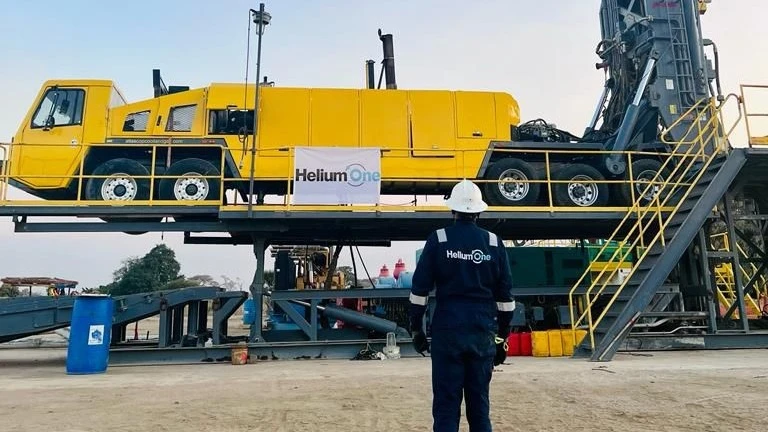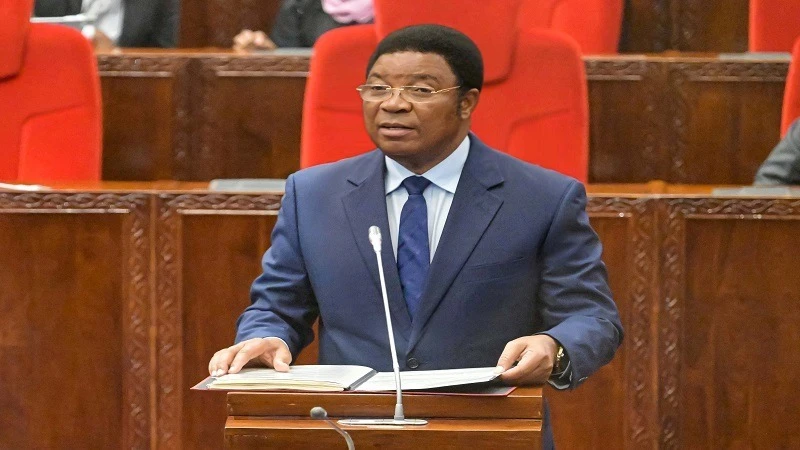Tanzania’s helium discoveries to end global demand

The global demand for Helium may soon come to an end following the successful progress by Helium One at its southern Rukwa project.
Speaking in an interview last week, Lorna Blaisse, Helium One’s Chief Executive Officer said “the Rukwa project is thought to have an Unrisked Prospective Recoverable Helium Resource at around 138 billion cubic feet (Bcf), making it potentially one of the largest known primary helium deposit in the world.”
The company holds 2,840km2 of prospecting licenses in three basins; Rukwa, Balangida and Eyasi projects of which its first phase of exploration began in 2021 and, most recently, the Company successfully flowed 4.7 percent helium concentration to surface from its Itumbula West-1 well.
“The high global demand for helium is highly attributed to by various factors including large industry growth sectors i.e. electronics and AI, as well as geopolitical tensions in country’s that are large helium producers. Therefore, these new developments in Tanzania signals a promise to the future of helium.” said Ms Blaisse.
The company said current global demand for helium gas is estimated to be around six billion cubic feet (Bcf) per annum. It is also expected to increase to 8.5Bcf by 2030.
Helium gas is among the essential gases used in various high-tech and industrial applications where the largest demand is in the electronics industry since they are used in fibre optics and the manufacture of semiconductors.
To date, major helium producers include the United States of America (USA), Qatar, Algeria and Russia, whereby constraints on some exports has and an increase in demand have attributed to an increase in price.
The current contractt pricing for helium is expected to be around US $500 per thousand cubic feet (Mcf).
Speaking about the gas usefulness, Blaisse said “helium is essential for multiple uses including use in medicine to keep magnetic coils cool in MRI scanners, space exploration for leak detection, party balloons, high-tech manufacturing of chips and fibre optic cables as well as growing demand in artificial intelligence (AI) developments.”
Despite the company’s initiatives of unveiling the country’s rare gas, the company is faced by numerous challenges during the exploration processes.
Blaisse mentioned the infrastructure and logistics as among other challenges as the two lead to more time consuming. Helium One also bought their own drilling rig last year, in order to enable them to fast track their drilling programme and utilise a suitable oil & gas type rig in Tanzania, a market that is currently constrained by availability.
Helium one is listed on the Alternative Investment Market (AIM) of the London Stock Exchange (LSE) with the ticker of HE1 and on the middle tier of the three marketplaces for trading over-the-counter (OTCQB) in the United States.
Top Headlines
© 2024 IPPMEDIA.COM. ALL RIGHTS RESERVED












![The CEO of Flightlink Limited Mr. Munawer Dhirani and DTB Tanzania CEO, Mr. Ravneet Chowdhury [center] during the unveiling ceremony of the 72-seater ATR 500 aircraft over the weekend. Other officials present at the function are Chief Operating Officer.](https://ippmedia.com/storage/post-feature-images/01J75Y6DM8PY93SGFZD4GYPXJ4.webp )












